As the son of one of golf’s most legendary course architects, Rees Jones was born into the game of golf. He learned to play as a youngster, competing as a junior golfer, in college and while in the army. Rees grew up traveling with his family to golf courses all over the world. His father—Robert Trent Jones, Sr.—was noted for original designs and those he improved for championship play.
After college at Yale and graduate studies at Harvard, Rees went to work in 1965 as a principal in Robert Trent Jones, Inc. In 1974, he founded his own design firm—Rees Jones, Inc.
In 1988, Jones gained critical acclaim in restoring and modernizing The Country Club for the U.S. Men’s Open. His work in redesigning courses for preparation of major championships earned him the moniker, “The Open Doctor.” His efforts in that area have involved seven U.S. Open venues, eight PGA Championship courses, five Ryder Cup and Walker sites as well as the President’s Cup. Based in Montclair, NJ, Rees Jones has followed a path similar to that of his father. His work at East Lake, site for this week’s TOUR Championship, has been lauded for its upgrading and restoration of the design renowned architect Donald Ross originally provided.
Q & A follows here...
Ward: When were you contacted by Tom Cousins regarding East Lake?
Jones: 1994
Did you know much about the course prior to that?
I had been there before—my father used to play with Bobby Jones there—it was well known to the family.
When restoring a golf course how tough is it to both honor the work of the original layout while, at the same time, beefing up the course to deal with modern equipment technology and skill level of the world’s best players?
We restored the style of the course—George Cobb had done a complete redo of the course leading up to the ‘63 Ryder Cup Matches—so when I came onto the scene the goal was to return back to the Donald Ross style. Before going ahead I had conversations with long-time members such as Bobby Barnes and Charlie Yates to get a sense of what design elements were present from the Ross layout. We restored the style and par by looking at photographs. There’s also been a companion modernization effort and we keep working on the course. For example, we shifted the green a bit at 17 to be closer to the water and took 7 green further up the hill.
What specific hole do you think will prove most vexing for the player’s this week?
At 16 we changed it from a par-5 to par-4—it’s not as wide as it looks in the fairway—took some of the tilt out but the players still need to favor the left side off the tee. The hole comes at a critical point as it follows a real scoring opportunity at the preceding par-5 15th. Players will just try to get through the hole (16th) without any major issues.
Interestingly, you have been involved with two courses that have hosted major events—East Lake and Congressional—that either use or have used a par-3 as final hole. Why do you think there’s been a hesitancy in course development to use such a hole as the closer?
I don’t think there really is. The par-3 at East Lake puts everyone on equal footing. The long and short hitters are equalized. Hitting from the same tee—possibly even the same club. If a specific hole fits the land there’s no reason why a par-3 hole can’t be the finisher.
The roster of winners of The TOUR Championship have been quite varied. What does that say in your mind about the elasticity of the course?
The greatness of East Lake is that it doesn’t favor any set style player—basically anyone of the 30 top players has a chance to win. The course has many qualities—the ebb and flow is quite varied—you have long and short holes. East Lake doesn’t favor any set player or ball flight or movement.
The Jones influence in the greater Atlanta area is rather impressive. You did the upgrade to East Lake and with the Atlanta Athletic Club—which East Lake was originally named. Your Dad (Robert Trent Jones, Sr.) did the work at Peachtree soon after World War II. Comments?
I think having known Bob Jones was a major assist—he was a hero in our family. Both my Dad and I wanted to continue the history of Bobby Jones. It’s been a very important part of my life—bringing them back to where they are today. The prominence of Bobby Jones as well as the history of East Lake were major influencers for me.
If you had to pick a winner this week what player would you choose?
I'd say Sergio (Garcia). He seems to be there every week and this might be his week.
M. James Ward, a member of Golf Writer’s Association of America (GWAA) and past member of Met Golf Writer’s Association (MGWA), has reported on golf’s grandest events since 1980 in a variety of forums.
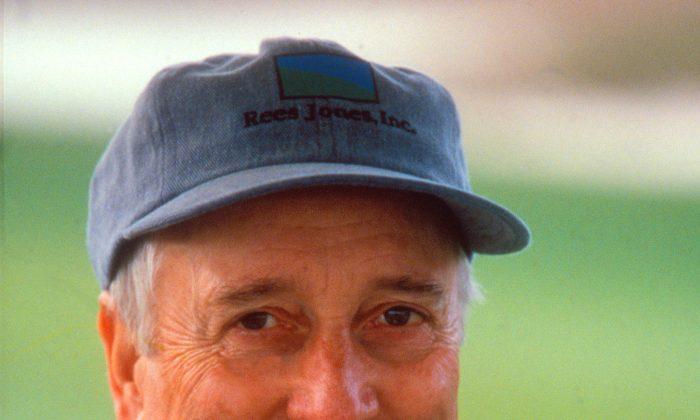
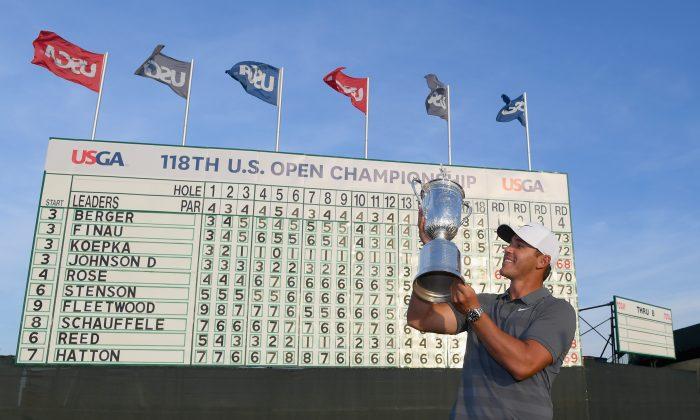
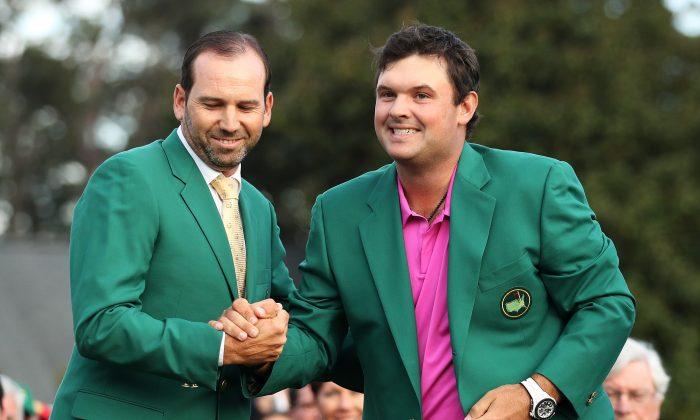
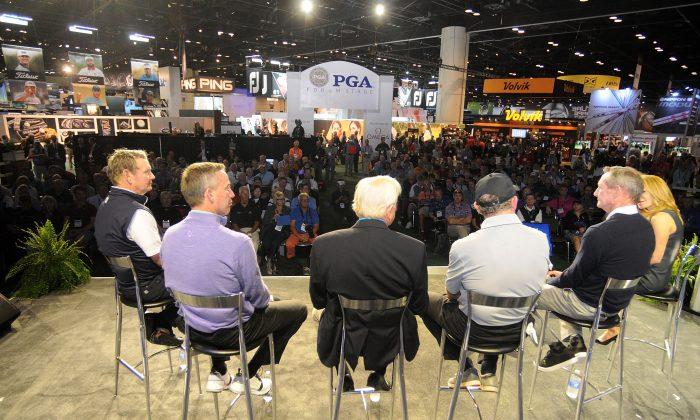
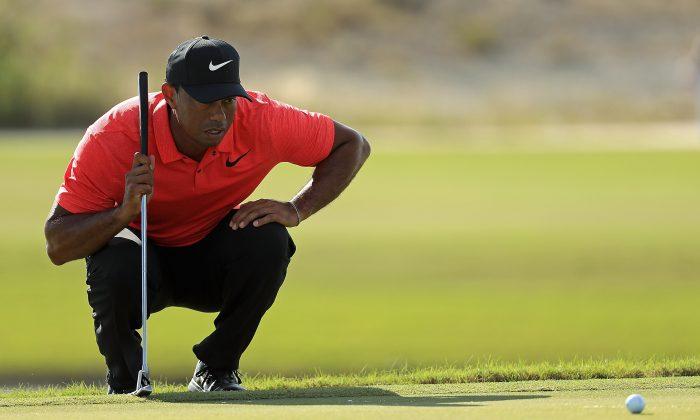
Friends Read Free